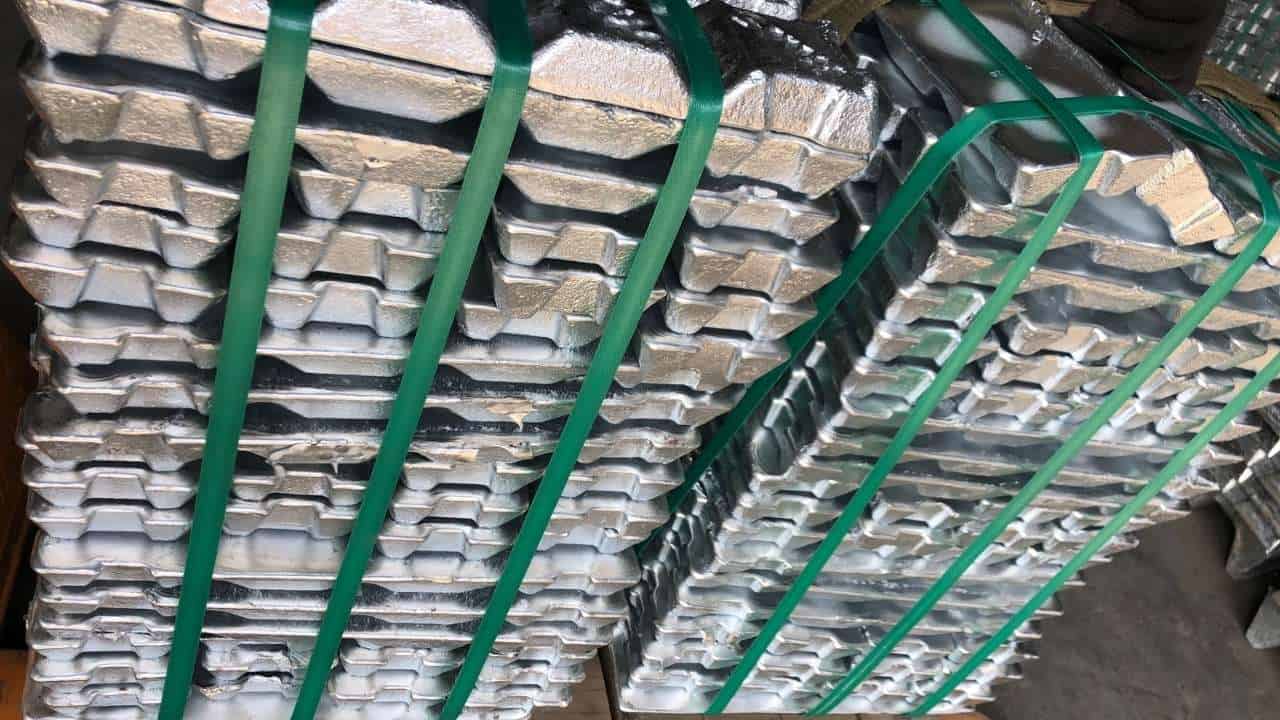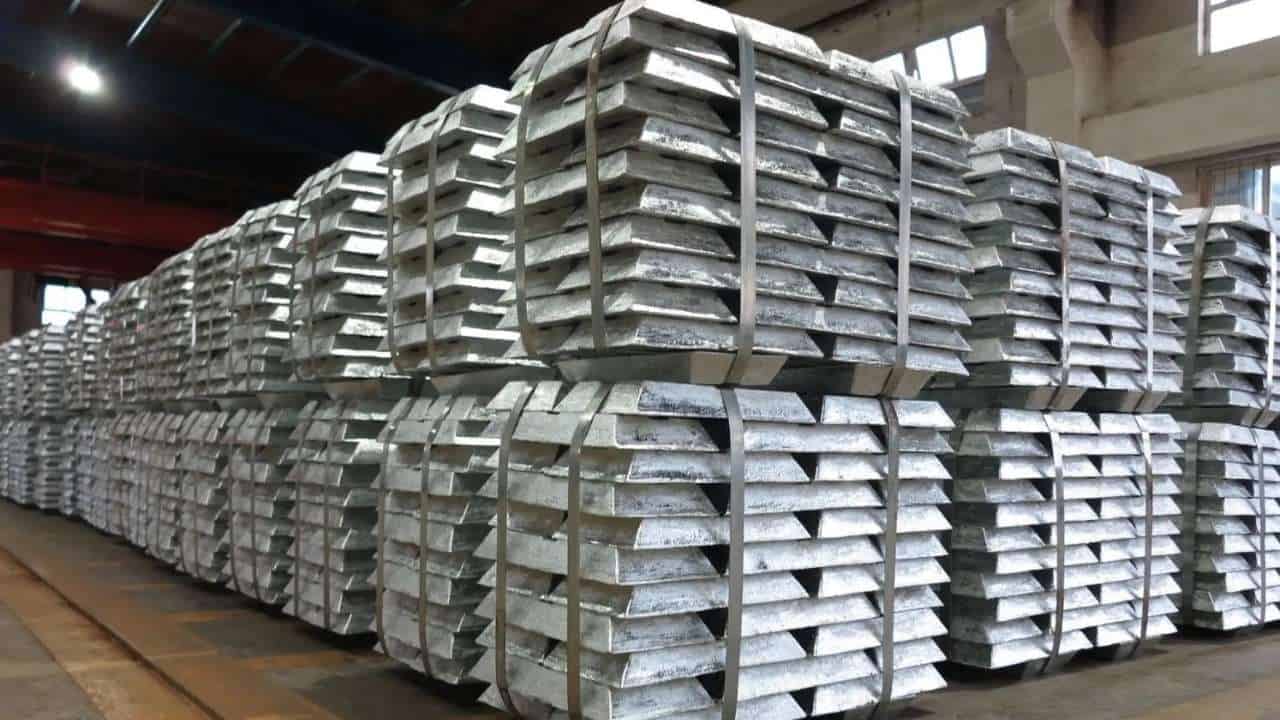The Zamak alloys are also based on zinc but are fairly cast able, corrosion resistant, and have good mechanical properties. Zinc alloy 7 is the high purity type of zamak alloys which are used for the purpose of improved ductility and surface quality. This guide talks about its composition, properties, uses, and benefits to aid engineers and product developers in their choice of materials.
What is Zamak 7?

Zamak 7 is a high quality alloy of zinc. It has a high casting ability and a good ductility. The best areas or applications of its use are thin walled and complex parts in automotive, electronics and industrial products.
Chemical Composition of Zamak 7 and Role of each Element
| Element | Content (% by weight) | Role in Alloy |
| Zinc (Zn) | Balance | Base metal with a good castability and corrosion resistance. |
| Aluminum (Al) | 3.5–4.3% | Makes hard, enhances strength, and corrosion resistant. |
| Copper (Cu) | ≤ 0.25% | Improves strength and hardness; excessive amounts can reduce ductility. |
| Magnesium (Mg) | 0.005–0.02% | Increases strength and hardness; helps refine grain structure. |
| Nickel (Ni) | 0.005–0.02% | Improves resistance to corrosion as well as minimizes intergranular corrosion. |
| Iron (Fe) | ≤ 0.075% | Impurity; elevated levels may lead to brittleness and cause lack of ductility. |
| Lead (Pb) | ≤ 0.003% | Impurity; high amounts may cause embrittlement and environmental issue. |
| Cadmium (Cd) | ≤ 0.002% | Impurity; high levels may lead to corrosion problems and ecological anxieties. |
| Tin (Sn) | ≤ 0.001% | Impurity; high concentration could cause brittleness and corrosion problems. |
Physical and Mechanical Properties of Alloy Zamak 7

Physical properties:
| Properties | Density | Melting Point | Thermal Conductivity | Electrical Conductivity |
| Attributes | 6.6 g/cm³ | 381–387°C | 113 W/m·K | 27–30% IACS |
- Density: The density of Zamak 7 is 6.6 g/cm³, this way heavier than the aluminum, but lighter than the steel. This provides good structural strength but not too bulky for parts whilst being excellent for portable devices and structural frames.
- Melting point: It has low melting point 381 – 387 ° C and it exhibits low energy processing ability as well as superior castability. It provides large scale production of the complex part at reduced cost of energy.
- Thermal conductivity: Zamak 7 is suitable in dispersing heat because of its thermal conductivity (113 W/m K). It can allow it for heat-sensitive enclosures, and or, electronic housings.
- Electrical conductivity: At 27 – 30 % IACS, it provides weak electrical conductivity. It is not good for application on high current though effective in shielding or earth parts.
Mechanical properties:
| Properties | Tensile Strength | Yield Strength | Elongation at Break | Brinell Hardness | Castability |
| Attributes | 283 MPa | 221 MPa | 13% | 80 | Excellent |
- Tensile strength: Its tensile load at 283 MPa and resistance to cracking capability means that Zamak 7 can carry load bearing components.
- Yield strength: A yield strength of 221 MPa implies that once the material has been subjected to stress it retains its form hence fit for sectional parts exposed to mechanical stress.
- Elongation at break: 13 % elongation gives good ductility to Zamak 7. This allows post casting operations of bending, crimping or light forming.
- Brinell hardness: This material has wear resistance and surface durability because of 80 Brinell hardness which may be of significance for moving parts or consumer product’s housing.
- Castability: Zamak 7 is suitable for casting, as it can create fine details and thin wall. This reduces wastes of materials and encourages precision manufacture in the field of electronics, automotive and industrial parts.
Benefits of Zamak 7 Alloy

Enhanced Ductility and Formability
The Zamak 7 has better ductility compared to other Zamak alloys. This is applicable for parts to undergo post casting, crimping or only slight bending without cracking.
Excellent Corrosion Resistance
Its high purity, low lead, cadmium and tin content supplies for better corrosion resistance. This is long term reliable for indoor and controlled environment application.
Non-sparking Nature
Zamak 7 is, therefore, non-spark hence safe in applications of tool or parts in dangerous regions such as flammable or explosive environment.
High strength-to-weight ratio
It provides good mechanical strength at a lighter weight than steel that is adequate for design of automotive, aeronautical and handheld products.
Cost-efficient
Zamak 7 is capable of low temperature casting and Mass production that can help to reduce the quantity of energy used and general cost of production.
Comparison with Other Zamak Alloys

| Property | Zamak 3 | Zamak 5 | Zamak 7 |
| Composition | Zn-Al4 | Zn-Al4-Cu1 | Zn-Al4-Ni |
| Impact Strength | 58 J | 52 J | 58 J |
| Casting Fluidity | Excellent | Good | Superior |
| Dimensional Stability | High | Moderate | High |
| Machinability | Good | Good | Excellent |
| Plating & Finishing | Readily accepts various finishes | Slightly better than Zamak 3 | High-quality surface finishes achievable |
| Corrosion Resistance | Suitable for indoor applications | Improved with coatings | Enhanced by nickel addition and purity |
| Creep Resistance | Moderate | High | Moderate |
| Typical Applications | General-purpose die casting; decorative hardware; consumer electronics | Automotive parts; mechanical components requiring higher strength | Precision components; thin-walled or complex castings; where high ductility are required. |
Conclusion

Zamak 7 is an amalgamation of the strength, ductility, castability and the corrosion resistance properties, thus being a prime selection for the precision components of the various industries. This makes it an economic choice of material for engineers and designers because of low manufacturing costs and better finish.
Contact Hmaking to obtain high-quality parts of Zamak 7 which attach to your specific requirements in terms of performance and production need.


